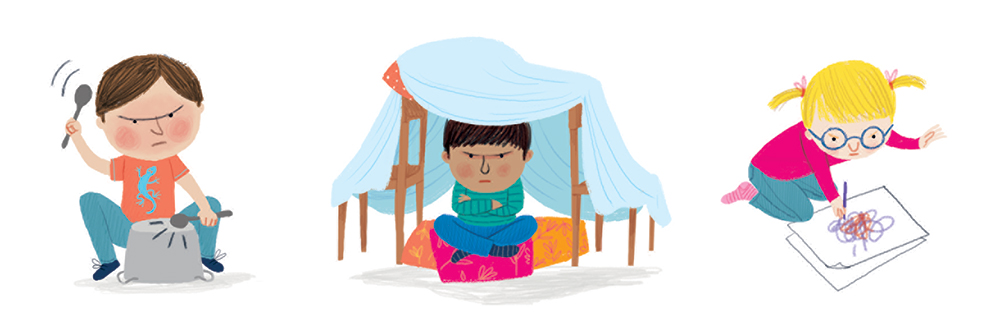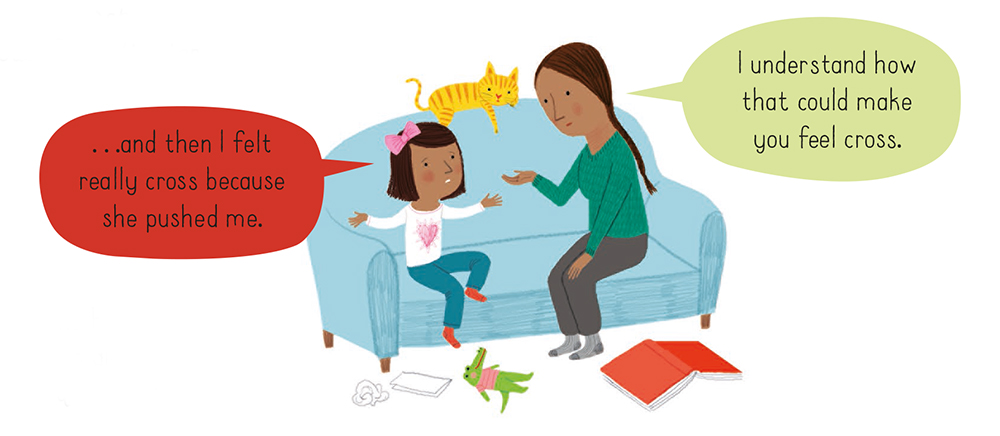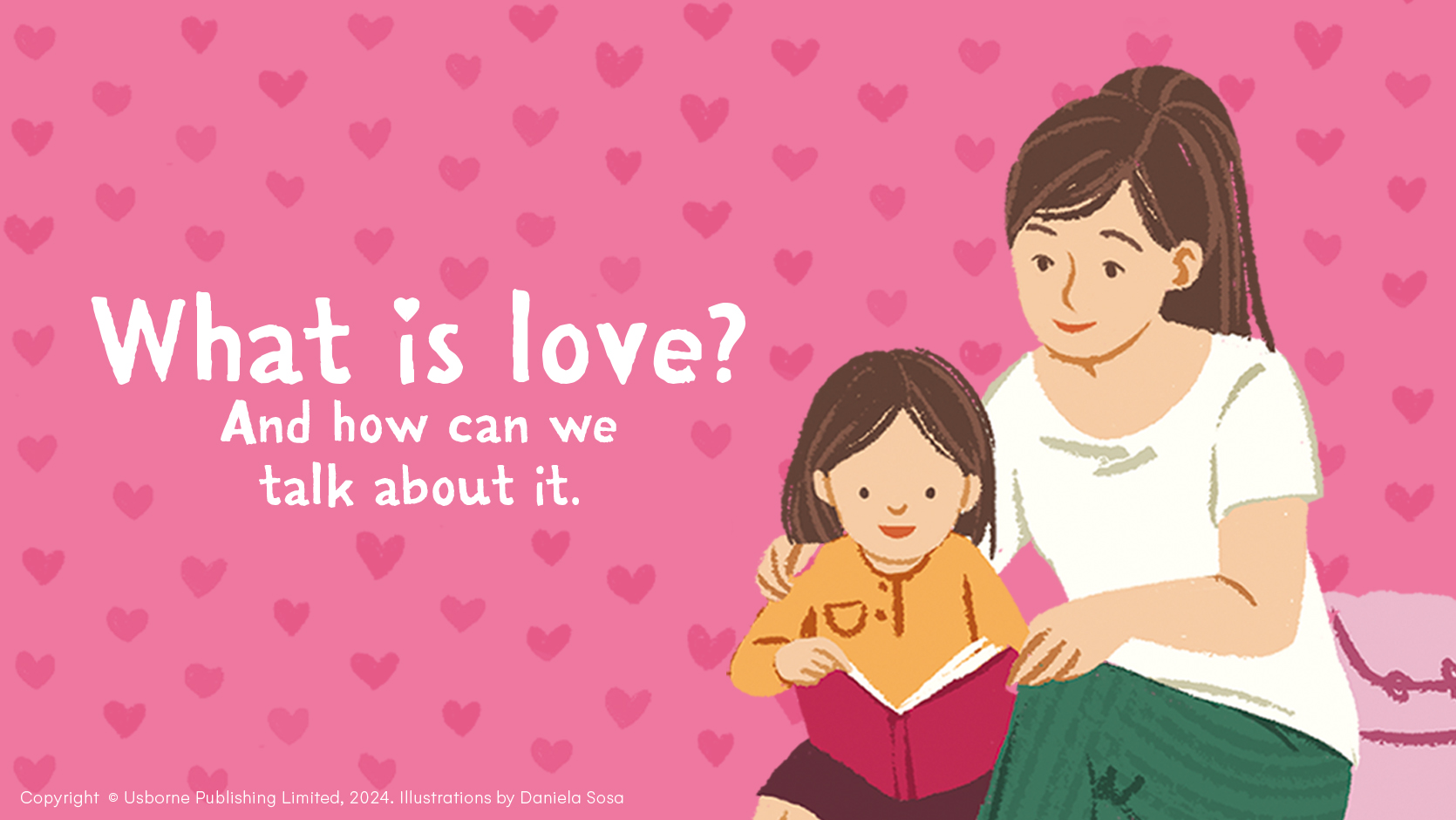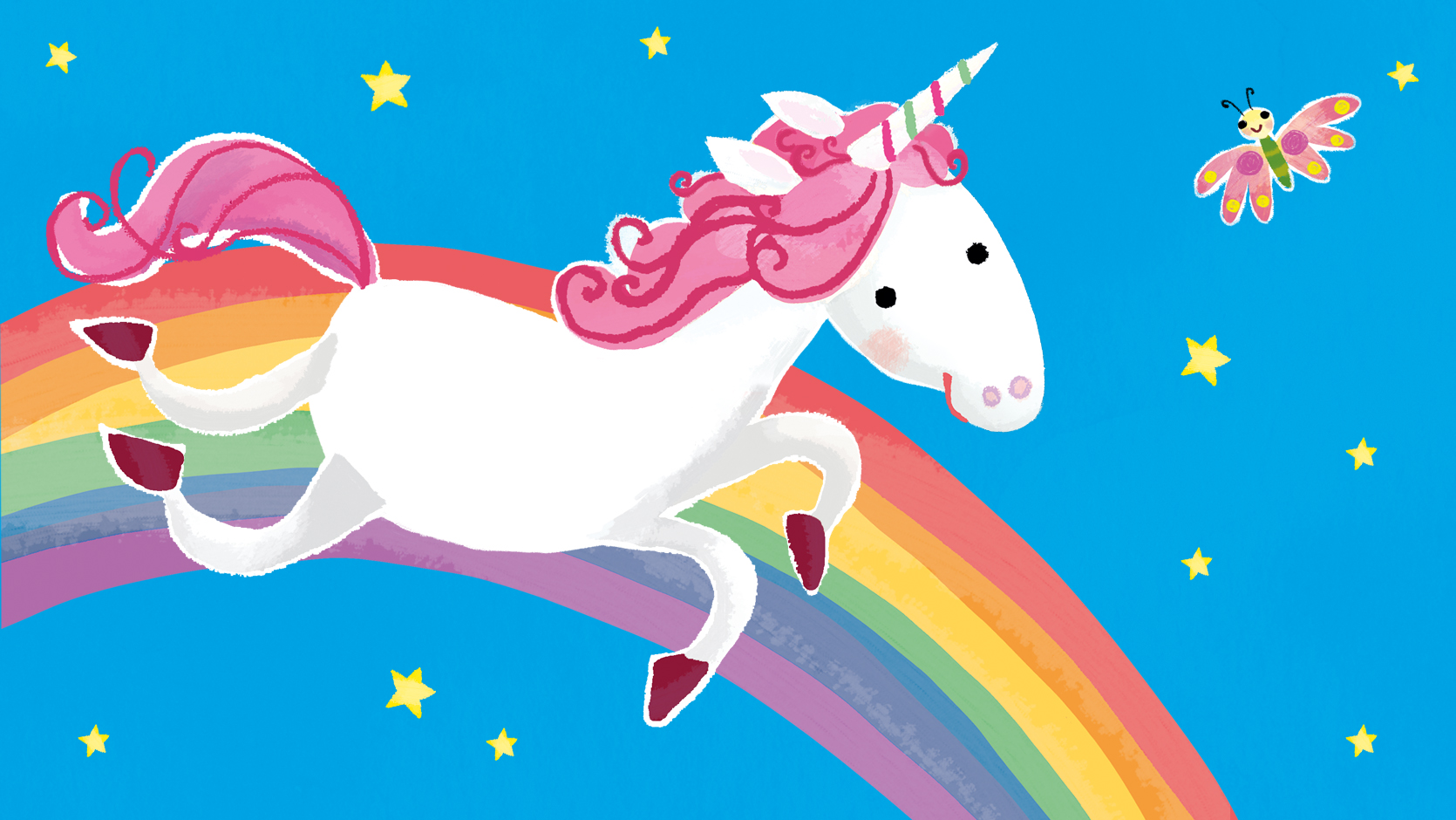- Behind the scenes at Usborne
Understanding your child's emotions and how to deal with them

Holly Doherty, parent, Primary School Teacher and Special Educational Needs Co-Ordinator, gives her expert advice on helping children manage their emotions:

All behaviour is communication. This can be challenging to remember at times, especially when the behaviour is negative and your child is having a meltdown in public! In younger children, especially babies and toddlers, we tend to accept this more until communication skills have developed. In such meltdown situations, take a deep breath and try to stay calm, as your calmness will help calm your child. This is easier said than done so you shouldn’t feel bad if you can’t always achieve this.
Know their triggers
Get to know your children’s triggers. As their parent you are the person best placed to identify things that trigger unwanted or difficult emotions. As parents our tendency is to try to shelter our children from these, however helping our children develop skills to deal with these feelings when they come along is actually far more beneficial, as enabling them to become emotionally literate will help them deal with the bumps in the road that life presents. If you know that they find certain unavoidable situations difficult to deal with, then help to prepare them for these in advance where you can. It also helps to tell your child that these difficult emotions are only temporary and will pass and that they will come out the other side of this OK. Also keep reminding yourself that they are children so haven’t yet acquired the skills of rationalisation that adults usually possess.
Embarrassment is one emotion that can be particularly tricky to cope with; it often evokes a response that we do not expect or know how to manage. Embarrassment can be all encompassing, so it is especially important to remind children that the feeling is only temporary and seems a lot worse to them than it is to others.

Label the physical feelings
Helping children to label the physiological responses they are feeling is a key part of helping them to feel OK. Talking about having sweaty palms or a fizzy tummy when you feel anxious or a headache when you feel stressed again reminds your child these are normal responses and they will pass. Sometimes, for younger children, making a visual representation of this can help them to understand it better. For example, filling up an empty plastic bottle with water and glitter and shaking it to show ‘fizzy feelings’. This can also have a calming effect too.
Make a coping ‘toolbox’
Help your child make their own physical ‘toolbox’ of things to help them cope with difficult feelings. It is very important that your child’s toolbox contains stuff that works for them. It could look very different for different children and may not necessarily contain things that you think may work, which is why it is important to be led by your child. The toolbox can contain anything that helps your child. It may have pictures of things that help them to relax, or a piece of fabric sprayed with a fragrance that calms your child. This is a particularly effective idea and one that is often overlooked. Sensory responses are a significant part of a child’s reaction so anything that appeals to your child’s senses in a positive way will work for this. They could include a colouring book and pencils, a fiddle toy, or something squishy. It could be a CD of relaxing music, or a bottle of bubbles to blow. This often works well as it also helps a child to calm their breathing.
Create a safe place
As well as the physical items, it often helps to give children an ‘exit strategy’ such as taking themselves to an agreed place in your home that they know is safe when situations become too tricky for them to manage. This could be under their bed or in a pop-up tent – whatever you agree with your child. The physical environment plays an important role in emotional wellbeing because if they feel it is too hot, too bright or too noisy, then this can make children feel more uncomfortable. Their safe place should take account of these factors.
Recovery time
If children have experienced an extreme emotional reaction such as feeling very angry, then it is important to give them space and time to recover. We know as adults that the residual feelings of being cross can go for some time and this is no different for children. After the physical ‘explosion’ of the adrenaline release, they may feel tired and need time to recover. During this phase your child may become dehydrated so offering a drink of water is a good idea.
Develop a script for yourself
Have a script to help you deal with your child’s emotions. This is one of the most helpful things I have found as both a parent and teacher. Your script must be appropriate for their age and developmental stage: “I understand you’re feeling angry and that’s OK. Can you tell me what made you feel like this?” This script can help in three ways:
- Firstly, you are validating your child’s emotions and feelings, which is a very important thing for them. You often find that children have a very strong sense of justice and if they feel that they have been unjustly treated and that their emotional reaction has not be validated by you, then they can struggle to deal with what they are feeling.
- Secondly, it can help to calm your child. If, however, they are not ready to talk, then it is important to give them some space until they are ready to do so.
- Thirdly, these situations can be challenging for us as parents as they often happen when we are out in public. Having a script like this instantly gives you a method of dealing with the situation.
Please, don’t worry! As parents we have all been there and lost sleep over how we have dealt with our children’s emotions in public. Remind yourself this situation is temporary.
Exercise
Physical exercise is a great way to release/help children deal with tricky emotions. This can be something simple for younger children such as throwing bean bags into a hoop or bucket or running around in the park, to more meditative ideas such as relaxing yoga. Again, whatever works for you and your child. The fact remains that each of our children is different and so the way in which he or she experiences emotions will differ. Our own experiences as parents will also mean that we bring different responses and solutions to these situations as they occur. By trying and testing a variety of ideas, it enables us to find ways of coping that best suit our children and their needs.




